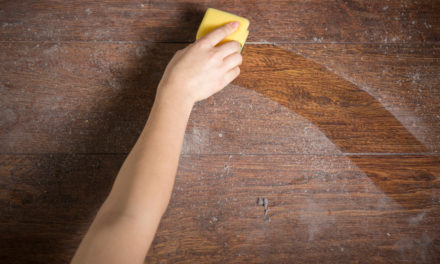 Indoor air pollutants such as mold, dust, pollen and pet dander can not only cause breathing problems, but also be a source of offensive odors. Discover how using a quality air purifier can remedy such indoor air quality problems.
Indoor air pollutants such as mold, dust, pollen and pet dander can not only cause breathing problems, but also be a source of offensive odors. Discover how using a quality air purifier can remedy such indoor air quality problems.
Fast Facts
20
percent
|
78°
Fahrenheit
|
VOCs
|
BUY
used
|
| Fifteen to twenty percent of North Americans have breathing problems made worse by scented products such as perfume or after-shaves |
Above 78°F, air quality starts to decline and people perceive odors more intensely
|
Many aerosol sprays, including air fresheners, actually release harmful chemicals known as VOCs
|
New materials, particularly construction materials or furniture, are a common cause of odor and chemicals entering your home
|
Common Causes of Odor
- Cooking smells
- Chemical fumes
- Tobacco smoke
- Pet Odor
- Mold or mildew growth
- Organic solvents, like those from newly painted materials, furniture, vinyl or hardwood floors, and cleaners
- Sewer gasses whose odors resemble that of rotten eggs
- Personal care products, including perfumes or after-shaves that can aggravate breathing problems
- New furnishings and construction materials that have odors associated with formaldehyde and VOCs
- Ozone and VOCs present in carbonless copy paper, transparencies, and labels
Tips for Controlling Odor
- Choose materials that have no or low odor levels
- Keep temperatures between 68°F and 78°F, and humidity levels between 40 percent and 60 percent, and use enough fresh air
- Clean regularly and take out the garbage
- Avoid air fresheners or deodorizers that mask other odors by introducing additional VOCs and odors into the environment, as these can exacerbate allergies
- Keep bathrooms, basements, and attics clean and dry to prevent mold growth
- Air out new furnishings and materials before bringing them into your home
- Identify the cause of your odor and use an air purifier that targets it
View Top 3 Air Purifiers for Odors Browse All Air Purifiers for Odors

 Indoor air pollutants such as mold, dust, pollen and pet dander can not only cause breathing problems, but also be a source of offensive odors. Discover how using a quality air purifier can remedy such indoor air quality problems.
Indoor air pollutants such as mold, dust, pollen and pet dander can not only cause breathing problems, but also be a source of offensive odors. Discover how using a quality air purifier can remedy such indoor air quality problems.

